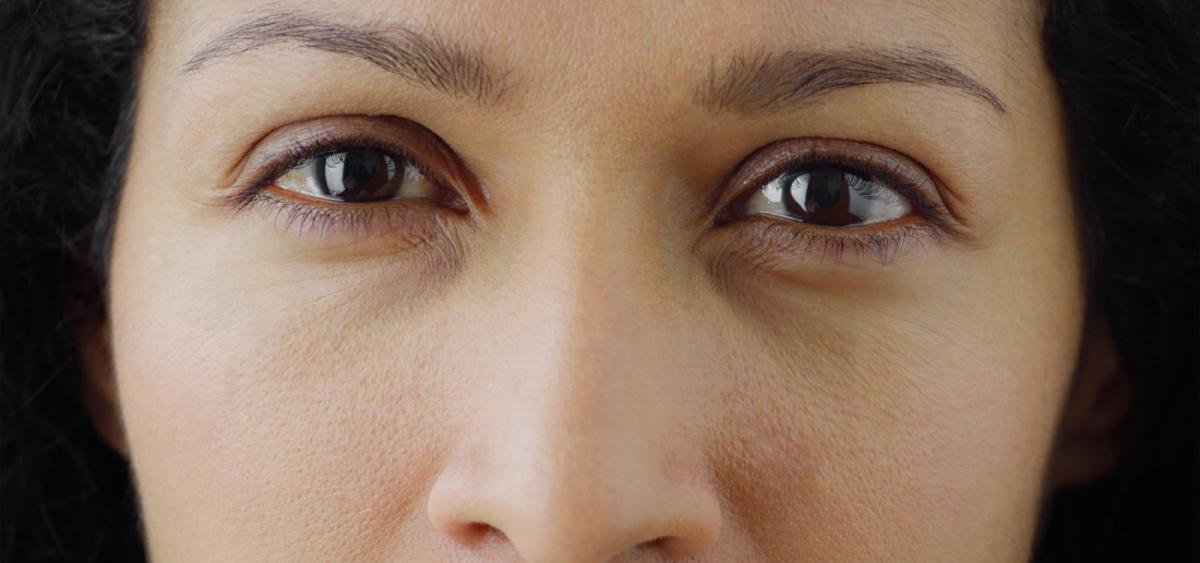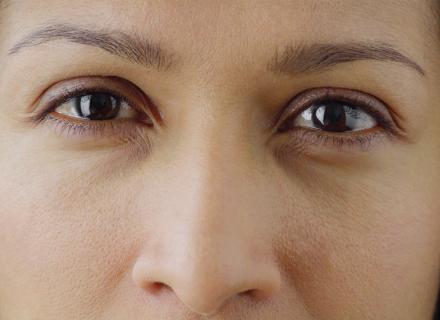

Accelerating Innovation to Fuel Relief this Dry Eye Awareness Month
July 29, 2025
time to read 3 minutes


July 29, 2025
time to read 3 minutes
For roughly 776 million people around the world, Dry Eye Disease (DED) is more than just a minor irritation, it’s a daily struggle that affects comfort, productivity, and overall quality of life.1-3 Whether it’s the sting of wind on a morning walk, the burn after hours of screen time, or the persistent feeling of something in the eye, dry eye symptoms can be disruptive and even debilitating. With digital device use on the rise, aging populations, and environmental stressors, DED is becoming increasingly common and increasingly complex.3
That’s why this July, in honor of Dry Eye Awareness Month, Alcon is reaffirming its commitment to DED research and innovation as the title sponsor of the Tear Film & Ocular Society (TFOS) Dry Eye Workshop (DEWS) III. TFOS is an international nonprofit dedicated to advancing the understanding of the ocular surface and tear film through global collaboration and evidence-based research. Alcon is proud to continue its partnership with TFOS, having sponsored their previous three Dry Eye Workshops that work to inform TFOS DEWS III.
The new TFOS DEWS III report provides a comprehensive update on the classification, diagnosis, and management of DED. This overarching report is comprised of a Diagnostic Methodology, which provides the latest definition of DED and a framework for diagnosis of DED, a Management and Therapy report, which offers an overview of the available evidence on the management of patients with DED, and a Digest, which updates the evidence for the interdisciplinary aspects of DED. The updates reflected in the TFOS DEWS III report seek to allow for more robust diagnosis and greater attention to evidence based, customized patient treatment plans.
Notably, TFOS DEWS III report establishes an updated definition of DED as a multifactorial, symptomatic disease. It emphasizes that DED is characterized by a loss of homeostasis of the tear film and/or ocular surface, leading to symptoms that may include burning, stinging, blurred vision, and eye fatigue. These changes seek to allow for more robust diagnosis and more focus on evidence-based, individualized treatment plans for patients. Additionally, the Management and Therapy report offers clinicians a practical framework to match treatments to the underlying cause of each patient’s symptoms. According to this report, DED should require a versatile, customized approach that takes into account root causes and patient-specific variables.
Further, with the inclusion of the Digest, TFOS DEWS III illuminates how sex and gender influence dry eye disease (DED) through factors like hormones, genetics, and care-seeking behavior. The data conveys that DED rates vary by age and sex, depending on how it's diagnosed and its many causes. Other risk factors include the environment, medical treatments, health conditions, and lifestyle.
“Dry Eye Disease is notoriously difficult to diagnose and treat because symptoms often don’t align with clinical signs,” said Dr. Paul Karpecki, OD, FAAO, Director of Corneal Services and the Advanced OSD Clinic in Lexington, Kentucky, a contributing author of the report, and founder of the largest advanced dry eye clinic in the U.S. “By analyzing over a thousand studies, the TFOS DEWS III report provides evidence-based guidance that helps clinicians identify the root cause of a patient’s dry eye and tailor treatment accordingly. Many patients endure years of discomfort, visual disturbance, and frustration that affect their daily activities, emotional well-being, and overall quality of life. When we finally identify the right treatment path, the relief they experience can be profound.”
Backed by decades of research and innovation, Alcon’s extensive dry eye portfolio meets the patient needs outlined in the TFOS DEWS III guidelines. For example, for many patients, over-the-counter (OTC) lubricating eye drops are the first step in managing symptoms.2 The SYSTANE® family of products, the #1 global consumer brand of artificial tears, offers a range of formulations clinically proven to reduce the symptoms of dry eye, providing fast, long-lasting relief and comfort.4
Alcon’s Systane uses HP-Guar, a special ingredient that forms a gel-like layer on the eye when it reacts with natural tear film. This gel helps lock in moisture and keeps the eye surface lubricated, especially in dry or damaged areas.2
Alcon dry eye innovations align with the TFOS DEWS III treatment framework, offering a spectrum of options that support both symptom relief and ocular surface health.2-3
In addition to effective DED treatments, physician education and diagnostic tools are essential. The World Council of Optometry (WCO), in partnership with Alcon, continues to expand access to the Dry Eye Wheel—a visual guide that helps clinicians tailor treatment based on patient-specific factors. Now available in Spanish, French and Chinese, the tool supports a more personalized and accessible approach to care.
Dry Eye Awareness Month is a timely reminder of the importance of early diagnosis, lifestyle adjustments, and evidence-based treatment. With new insights from TFOS DEWS III and a growing range of therapeutic options, patients and providers are better equipped than ever to manage dry eye disease and the impacts it can have.
To explore the full TFOS DEWS III report, visit the American Journal of Ophthalmology. To learn more about dry eye care, visit http: https://www.tearfilm.org and https://www.myalcon.com/knowledge-center/natural-tear-resource/.
See instructions for use, precautions, warnings, and contraindications.
©2025 Alcon Inc. GLB/IMG-SAF-2500003